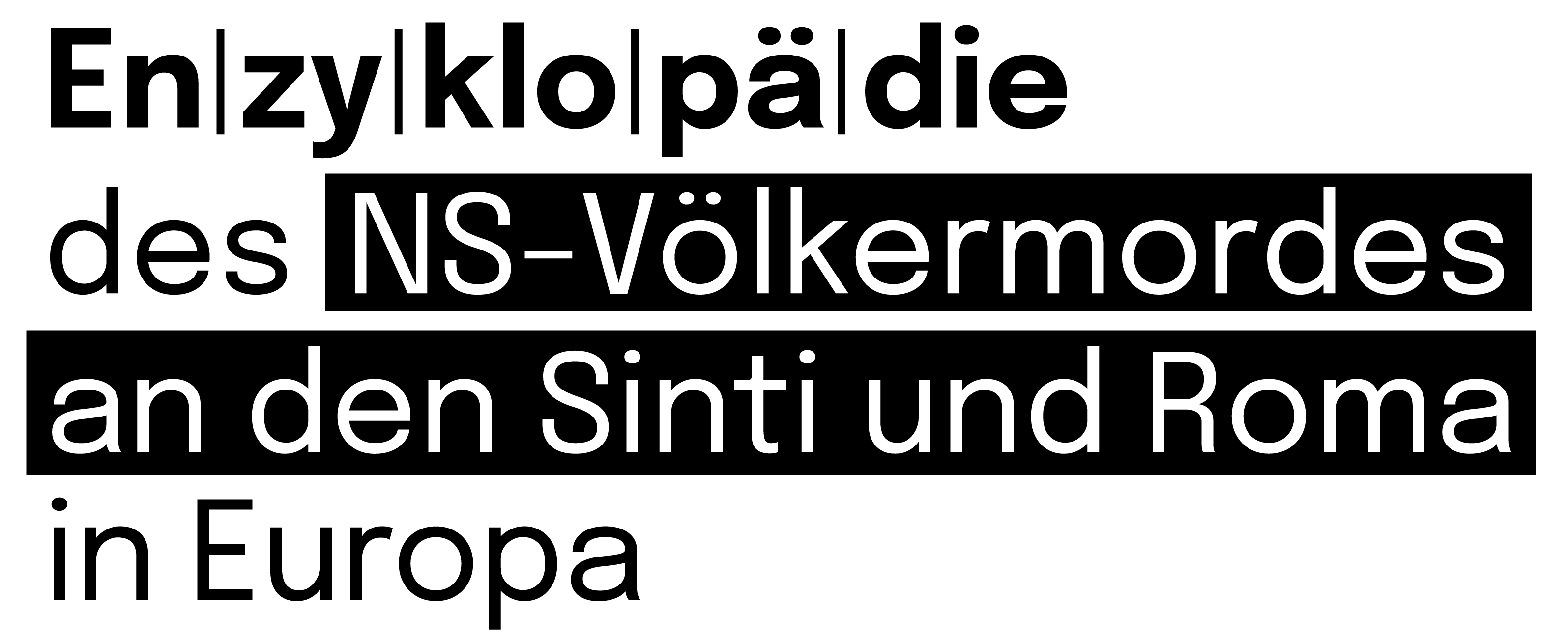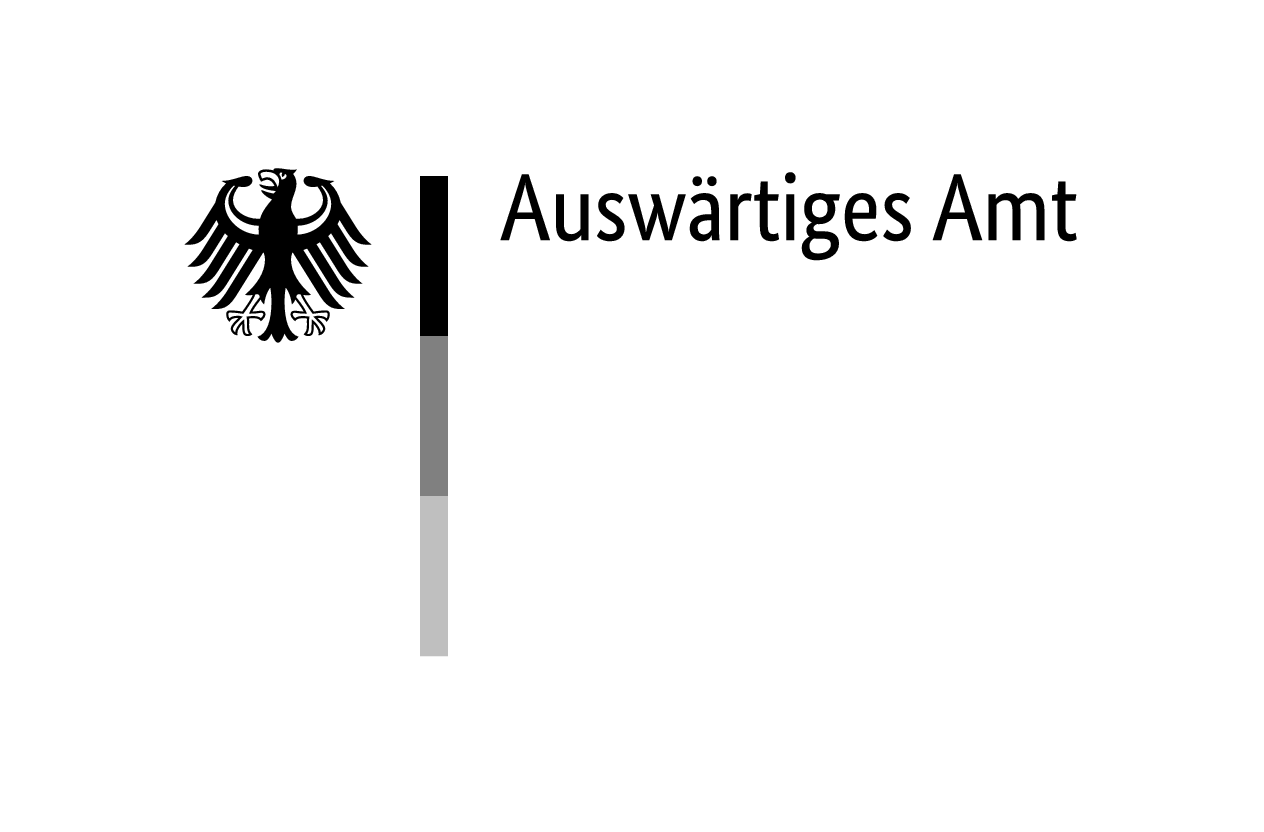Sinti and Roma have been living in the area of Den Bosch, Netherlands, for centuries. The first reports of so-called ‘Egyptians’ or ‘Heijdens’ date from the fifteenth century. In 1879 there is evidence of a more long-term residence in Den Bosch, in newspaper reports of a tent camp site surrounded by fences. In the early twentieth century, Sinti and Roma living in Den Bosch were mainly horse traders, travelling from market to market. They travelled through Limburg and Noord-Brabant and stayed briefly in and around the various cities in tents or caravans.
Around 1920, permanent campsites were established in Den Bosch. The first of these was a site called ‘Het Stortje’, just outside the Bastion Sint-Anthonie on the Hekellaan. This was followed by ‘De Sieb’, a campsite established in 1932 in the newly built district of the same name. The residents of this site included the prominent Romani families Westhiner and Basily.
After the German invasion in May 1940, the Sinti and Roma in Den Bosch were faced with new restrictive rules. For example, from July 1943 travelling in caravans was forbidden in the Netherlands. In the first years of the occupation, small-scale raids also took place in and around Den Bosch in which ‘asocials’ were hunted. According to the National socialist racial ideology, this also included Sinti and Roma. The Sinti and Roma arrested during these raids eventually ended up in the police camp of Amersfoort and Vught concentration camp.
National Round-Up and Deportation
On 16 May 1944, the nationwide round-up of Sinti and Roma took place. In the early morning of 16 May 1944, the campsite in the working-class neighborhood of De Sieb was surrounded by Dutch SS men and local Dutch police. By comparison with raids that took place elsewhere in the country, it was much less clear to the responsible authorities who was Sinti or Roma and who was not. A selection was made on the basis of skin colour under the supervision of the police commissioner: ‘travellers’ with a ‘brown complexion’ were arrested, while a ‘gypsy with a Dutch passport’ was not allowed to accompany her husband.
The detainees were then escorted to the Den Bosch railway station in their caravans or simply on foot. The officers behaved in an unfriendly way, but active abuse only began on the train to Westerbork. This train was already overcrowded with people arrested in Eindhoven. Crying children had to sit on their parents’ laps, according to a survivor. On the way to Westerbork one could look outside, but the shutters went down at the stations.
Of the 51 individuals taken to Westerbork, 33 were released after a few days, some on the basis of having foreign nationality. Of the 18 men, women and children who were deported to Auschwitz-Birkenau concentration and extermination camp on 19 May 1944, five Sinti and Roma ultimately managed to survive.
Aftermath
Shortly after the war, campsite De Sieb was relocated. A new location was found on the Vlijmenseweg, with a new name: ‘camp De Moerputten’. At the end of the 1950s, this campsite—one of the largest in the Netherlands—was completely renovated with new and larger caravans and, for example, its own school. By that time, travelling was practically non-existent because of strict new regulations.
Since 1945, Den Bosch has continued to play an important role for the Sinti and Roma community in other respects. For example, it has become home to groups of Roma who came to the Netherlands from the Balkans in the 1970s. And since 1981, the head office of the Pastoraat Woonwagenbewoners (PWN), a Catholic ministry to caravan-dwellers, has been located in Den Bosch. Den Bosch also housed the headquarters of the Netherlands Institute for Sinti and Roma until it was closed in 2012. On 27 January 2020, a monument was unveiled in Den Bosch in memory of the Sinti and Roma who were deported and murdered.




